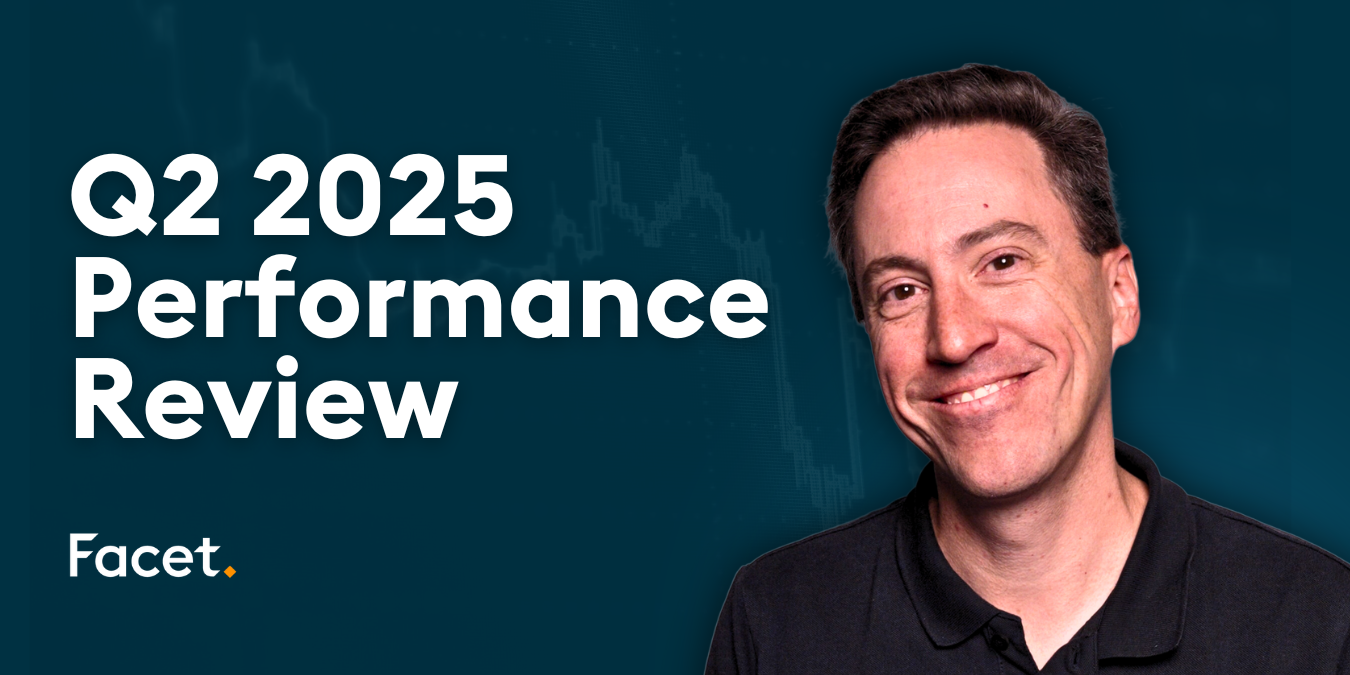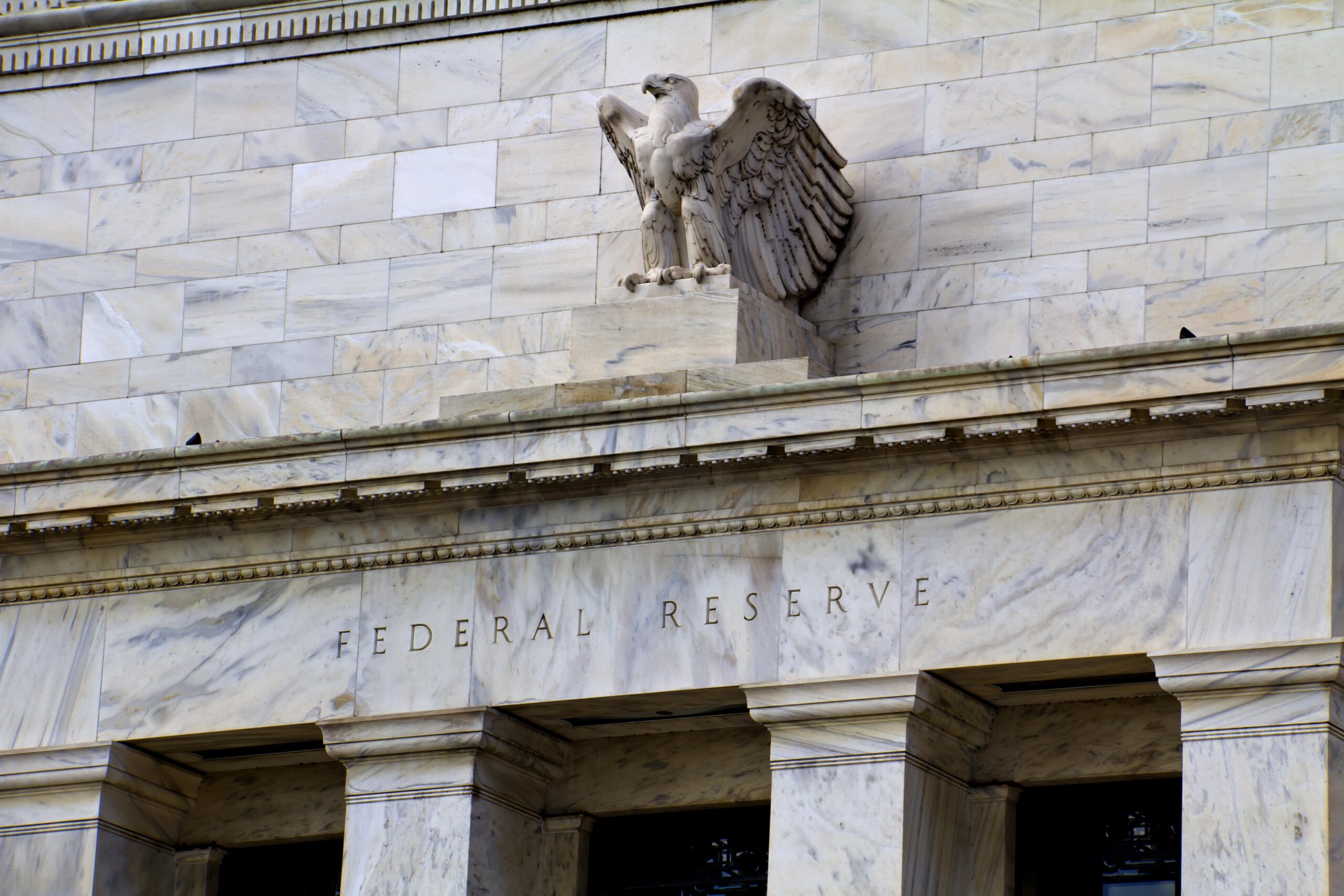
The information provided is based on the published date.
Key takeaways
- The global stock market is off to a strong start in 2024
- S&P 500 has risen about 8 out of every 10 years in the past 30 years
- Short-term volatility exists even in bull markets; it shouldn't prevent long-term investment decisions
- Waiting for a pullback based on speculation or patterns is not a sound strategy
- One ATH investment will not significantly impact the overall outcome of your portfolio
The global stock market is off to a very strong start in 2024. Through March 22nd, the S&P 500 has hit 22 new all-time highs this year.
According to MSCI, 8 of the 10 largest world stock markets have also hit fresh all-time highs in 2024.
This is all good news for your current investments, but what if you have new money you are considering investing?
Does the recent surge in stocks make now a bad time to invest? Is the market due for a correction? Did you already miss the rally?
Here is our take on how to think about new investments when markets are at all-time highs.
Volatility is always present, even in a bull market
Markets will have ups and downs in the coming months. This is not necessarily because the market is sitting near all-time highs but because the market always has volatility.
There has been at least one 5% drop in the S&P 500 in 19 out of the last 20 years. So, it stands to reason that, at some point, a decline of that magnitude is likely in 2024.
It is also true that there is always a bear case. There is always a reasonable argument for why stocks might drop from here. Right now, the economy is strong, and companies are growing profits rapidly. However, one could easily argue that these excellent conditions won’t persist or that stocks are too expensive.
The key is not letting short-term volatility fear prevent you from making sound long-term decisions. Short-term fluctuations won’t significantly impact your final outcome if your investment time horizon is 10 or 20 years, but staying on the sidelines for long periods of time will have a large impact.
Markets are at highs because conditions are good
At Facet, we always advise against market timing—no matter what stocks are doing. However, investing in stocks that just hit a new all-time high is a particularly interesting case.
The old Wall Street saying, “buy low and sell high,” is always in the backs of our heads. Because of this, we often feel that investing in a hot market is wrong because we’ve reached the summit and everything is overpriced. In theory, it’s a good rule to follow. However, history proves the opposite to be a perfectly viable strategy.
The chart below explains what we mean. It shows the average 1-year return of the S&P 500 after hitting a new all-time high vs. all other periods.

Source: Dow Jones S&P Indices
The blue bar shows us that, on average, the S&P 500 has risen another 13.11% the year after hitting a new all-time high. That’s actually a better return than all other periods.
This might seem counterintuitive, but there’s logic to it. When economic conditions are good, stocks tend to rise. Stocks will tend to hit all-time highs when economic conditions are good. So as long as economic conditions stay positive, stocks will keep rising.
I think some of this confusion comes from the use of the term “all-time” to describe the market. Usually, when you hear that term in other contexts, it is about something very rare.
An “all-time great” at some sport is a rare athlete. The “all-time high temperature” for any given day usually hasn’t happened for many decades.
But all-time highs for stocks are pretty routine.
Since 1980, the S&P 500 has been at an all-time high 1,106 times. That’s about 25 times a year or once every other week. It’s just not that big of a deal.
Waiting for a pullback
Whenever I hear someone on TV say that the market is “due” for a pullback, I laugh. There’s absolutely no science behind that claim. The implication is that there is some pattern to how long markets go up before they back up a bit, but no such pattern exists. This is comical to me because whoever says it shows they haven’t bothered to study the data.
Again, it is certainly true that stocks will eventually experience a pullback. But there’s no evidence that the longer stocks go up, the more likely they are to drop. And indeed, there’s no evidence that waiting for that pullback that is “due” will help you make money.
To illustrate this point, say that every time the market hit a new all-time high, an investor sold their holdings and waited for a 5% pullback before reinvesting. “Sell high,” the investor thinks to themselves, “wait for the pullback that will inevitably come.”
The problem is that the market usually keeps rising before it hits a pullback. It can be many months before the pullback occurs, and the market may keep rising while you are waiting. In fact, on average, the S&P 500 has risen another 8% after first hitting an all-time high before pulling back. Therefore, even after the 5% pullback, stocks are still higher on net than where the investor initially sold. So much for buying the dip!
Since all-time highs are so common, selling at the highs and buying after a 5% dip would be a disaster. If you bought $10,000 worth of the S&P 500 in 1980 and just held it, your portfolio would be worth just over $1.5 million on March 22nd, 2024. The same $10,000 invested over the same horizon—following the "sell high, buy the dip" strategy—would only be worth about $70,000.

Source: Dow Jones S&P Indices
You will make other investments
Most people make more than one investment in the market. They invest periodically over time, including everything from 401(k) money withheld from paychecks to investing annual bonuses and so on.
The fact that you will be making many entries over your investing lifetime makes a big difference in how you should view timing risk. Say you get an annual bonus check and plan to use it to fund your portfolio over time. That means the decision to buy into the market today is just one of many you will make over the years.
So, if the market’s near-highs have you hesitant to invest new money, consider that there are two possibilities.
- The market keeps going up, and you will wish you had just bought in the first place.
- Stocks drop, and you get to buy cheaper with your next purchase.
Neither scenario is all that bad.
The market is a game stacked in your favor
Over the last 30 years, the S&P 500 has gone up about 8 out of 10 years. In a prior article, we likened this to a roulette wheel where 80% of the slots were black. The right strategy would be to keep betting on black. You won’t win every time, but the more spins you get, the better your odds of winning will be.
Of course, we can’t know if the future will mirror the past, and we know there will be volatility along the way. However, worrying too much about the potential for a near-term pullback is more likely to lead to investing mistakes. We believe the more time you have in the market, the better chance you have of reaching your financial goals.
Tom Graff, Chief Investment Officer
Facet Wealth, Inc. (“Facet”) is an SEC registered investment adviser headquartered in Baltimore, Maryland. This is not an offer to sell securities or the solicitation of an offer to purchase securities. This is not investment, financial, legal, or tax advice. Past performance is not a guarantee of future performance.


